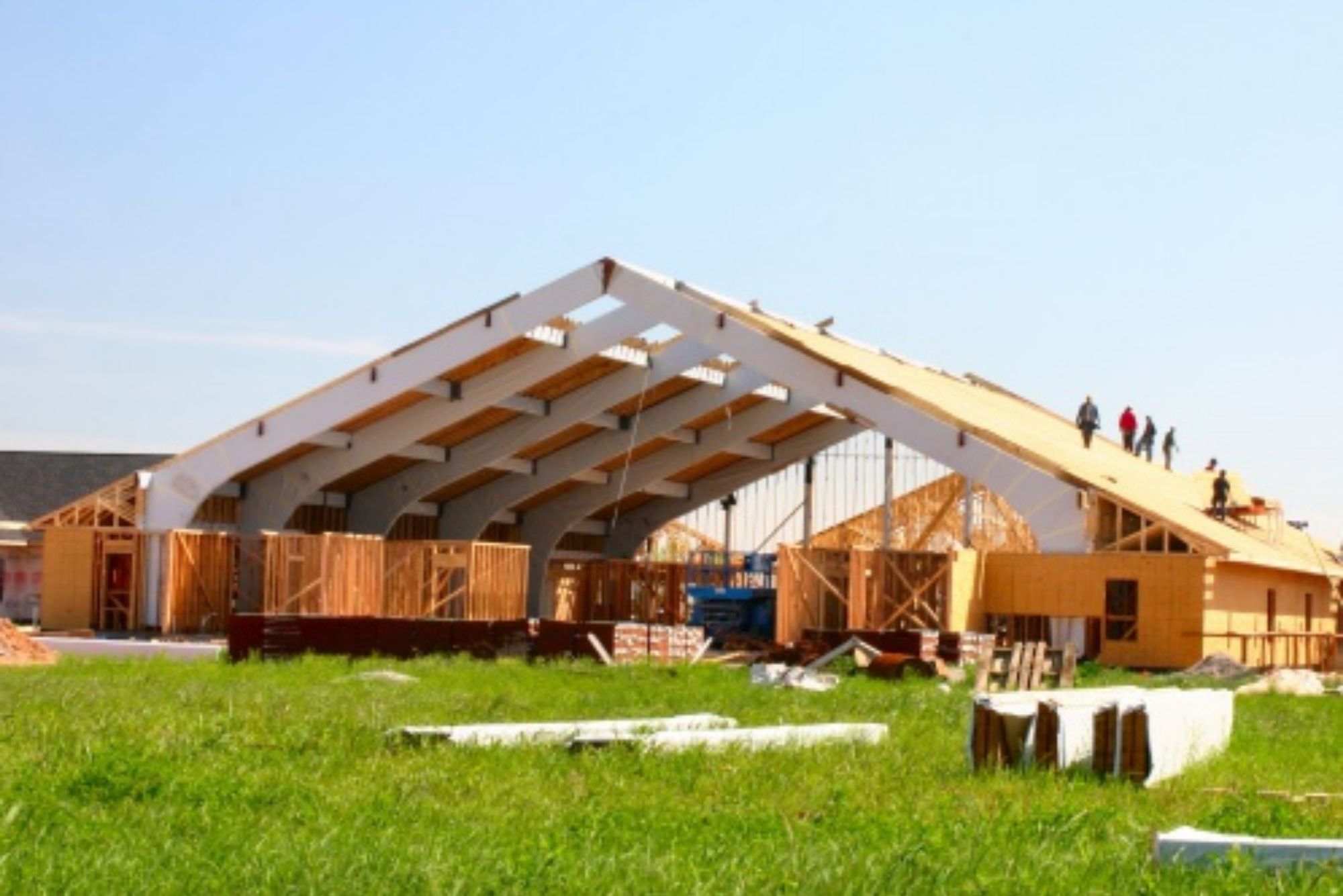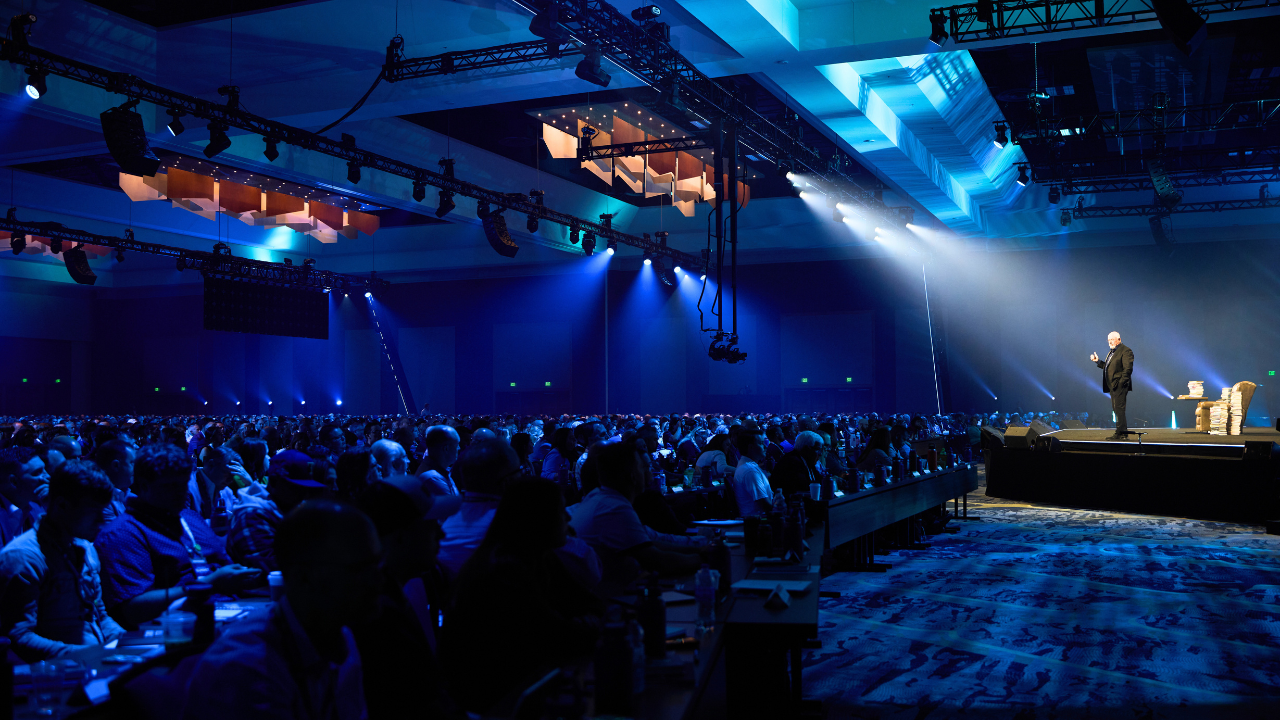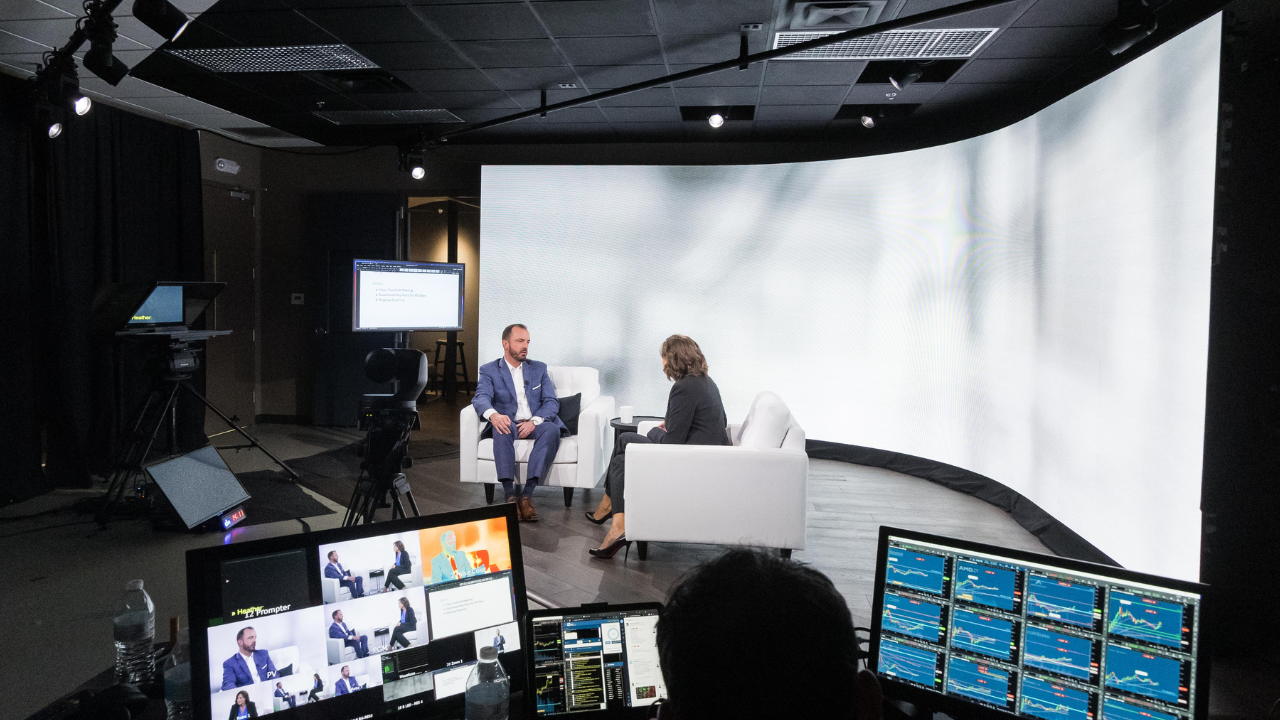How To Determine Your AVL Budget for a Church Construction Project
Published on: Tuesday, March 1, 2022 - 7:00am

A new church construction campaign can range from the hundreds of thousands to the millions of dollars. It’s not something anyone undertakes lightly, but it can be difficult to know where to turn for advice.
How much do you allocate for each aspect of the build? Who helps you determine specific budgets, like the AVL and acoustics budget? When should you bring in an AVL integrator?
In today’s post, we’ll discuss all of these questions in light of the AVL aspect of your construction project so you can create a useful, realistic budget that will meet your AVL needs.
Why Is a Realistic AVL Budget Important?
How do you know how much to allot for your AVL and acoustics budget, and why is setting a realistic budget early on important?
Consult an AVL Expert To Determine AVL Budget
Because AVL integrators are often brought in later in the construction process, many times they simply aren’t involved at the time initial budgets are determined. Instead, input often comes through an architect, general contractor, friend, or someone from another church who has gone through a construction project before.
The trouble is, they almost always undershoot the AVL and acoustics budget needs.
This isn’t on purpose; it’s based on good-faith estimation. But while these people are all trying to help, they aren’t AVL experts. They just won’t have a realistic expectation of how much money will get you what you need.
In these cases you’ll only discover the problem once an AVL company gets involved in the process.
In many cases, when AVL is invited into a project later, we find that whoever was speaking into the target AVL budget has recommended that the client allocate 3%–6% of the gross project budget for AVL and acoustics. When we find out what the client wants to do — how they want to grow and where they want to develop their technology, infrastructure, and facility over the next 10 to 20 years — we often discover that this budget can accomplish only half (or less) of what the client was looking for.
Instead, a more realistic AVL and acoustics budget usually falls somewhere between 8%–12% of the gross project budget. If your church has a lower expectation of production and isn’t trying to be on the cutting edge of technology, the lower end of that range is probably reasonable to cover your needs. The higher end of that range or beyond would include churches who want to be leaders in technology and who are aiming for high production values.
If the church hasn’t allocated an adequate percentage of the budget for AVL, however, the leadership faces a difficult choice. They can either ask for more money, or they can start cutting functionality from the wish list.
Usually, leadership has already communicated how much the church needs in fundraising and financial support from the congregation for this project, and the congregation trusts them to be fiscally responsible. If they have to turn around and ask for more money, people can lose trust in leadership, and that’s difficult to regain.
Alternatively, in an effort not to solicit more money, church leaders may decide to move forward with the lower budget they’ve allocated even if it doesn’t meet their goals or ministry needs. They choose to make very tough decisions in order to stay on budget.
In this case, they’re forced to build systems that don’t really meet the needs they’ve defined. It’s still better than what they had before, but they have to make major sacrifices and put off certain aspects involved with AVL. Essentially, they’re forced to limp into the building and deal with the shortcomings for the time being.
However, this means that much sooner than expected — sometimes within a year or two — the church will need significant renovations and upgrades to its AVL systems to reach a production level that matches their ministry.
This is why it’s important for an AVL expert to come in early. They can help churches plan their budget effectively from the very beginning and avoid difficult scenarios like these.
Don’t Bank on Another Church’s Budget
Another way AVL budgets can become unrealistic is when leadership bases their budget on other churches’ construction campaigns. They find out that another church spent a certain amount on their AVL install, and they assume their own budget will be comparable.
On the surface this doesn’t seem unreasonable, but assumptions like this are dangerous for your budget. Just because AVL integration cost another church a certain amount does not mean it will cost the same thing for your situation, in your building, with your specific needs and goals.
Until you have an expert involved in the process and assessing your specific building project, you’ll be basing your AVL budget on assumptions. AVL will have an enormous impact on the functionality and environment of your new building; it’s not a budget you’ll want to establish without all the facts.
Steps To Create an Effective AVL Budget
The big first step in creating an effective AVL and acoustics budget is to acknowledge that AVL is important enough to have an expert on the team before budget targets are determined.
You would never try to come up with a budget for a construction project without an architect, so why would you attempt it with AVL? Without an expert involved early on, you have no effective way to determine a realistic budget for your build.
Your expert won’t give you a complete design immediately, but they will help you approximate what size your AVL budget should be. The details will be navigated over the course of the project, but your AVL expert will work with the architect to help you establish the overall budget up front.
As construction progresses, together you’ll be able to make decisions about adding a little here or taking away a little there, but you won’t find yourself in the uncomfortable position of asking for more money or settling for less than you wanted. Instead, you’ll have some flexibility to work with during the actual design and construction process.
The second step is to perform a bit of due diligence to find an expert you can trust, one you feel comfortable relying on and working with for what is very often a multi-year construction project. For reasons primarily involving accountability, responsibility, and efficiency, we always recommend looking for a company that functions in a design-build capacity.
The third step is to bring in your AVL and acoustics expert team early enough to impact budget decisions. If you find an excellent team you know you can rely on, don’t hesitate to bring them into the process as early as possible. They will be able to help you avoid the uncomfortable problems that come with an insufficient AVL budget and plan.
The final step is to share honestly with your expert team about your needs, the identity of your congregation, and your church’s culture and mission.
Does your church want to be on the cutting edge of technology and production? Or do they prefer a more traditional approach? What AVL tools does the ministry need to execute their vision week in and week out?
Your expert team can help you determine the most efficient and effective path to the right systems to fulfill your church’s specific needs.
Set Yourself Up for Success
If you start a construction project with a budget that leaves no room to adjust or change — or even to get the basic functionality you want — then you’ve set yourself up for a difficult construction process.
But if you follow the steps above to consult with experts early and create a budget that encompasses all your AVL needs, you’ll find yourself with fewer problems and greater flexibility throughout the entire course of the construction process.



